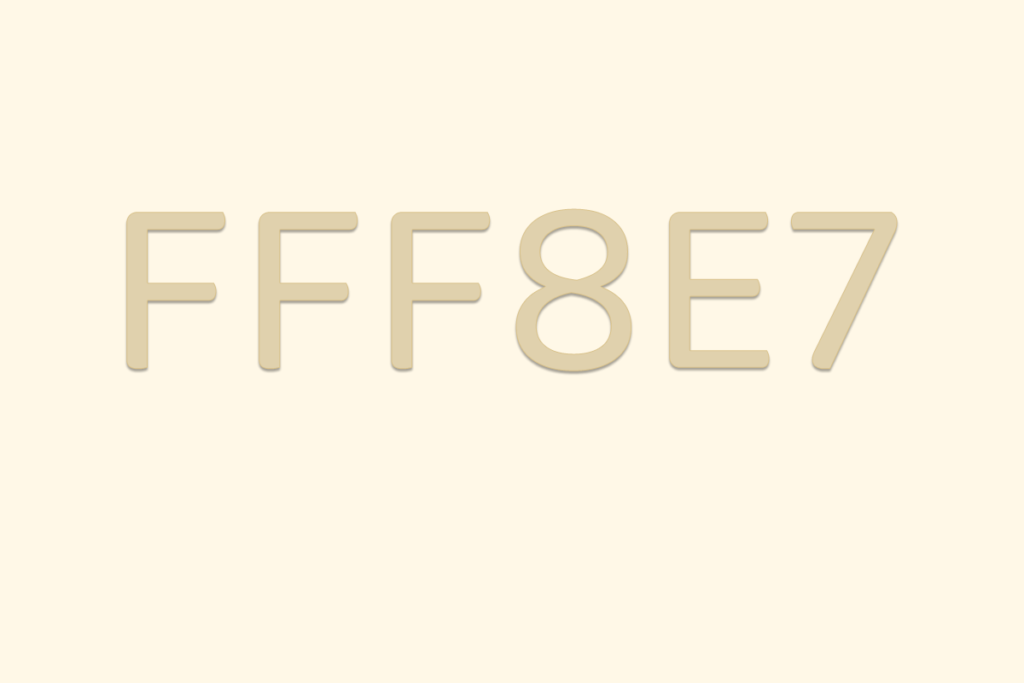Back in the early aughts, two astronomers color-sampled 200,000 galaxies and discovered that the epic majesty that is space averages out to… beige.
Specifically, #fff8e7 on your HEX color picker.

As Wired explained at the time, “To find this average color, Glazebrook and Baldry gathered light from galaxies out to several billion light years. They processed the light to break it into the various colors similar to how a prism turns sunlight into a rainbow. They averaged the color values for all the light and converted it to the primary color scale seen by the human eye.”
The beige eventually got a name that sounds like something to order from a new age cafe: Cosmic Latte.
The actual study that lead to the discovery was an attempt by Karl Glazebrook and Ivan Baldry to explore the history of star formation. By looking at light values emitting from the cosmos, the two could infer the age of stars in different galaxies. Basically, old stars and young stars emit and absorb elements at different rates. This is then reflected in the corresponding light spectrum surrounding them.
Here’s how the two illustrate it in a brief write-up.

